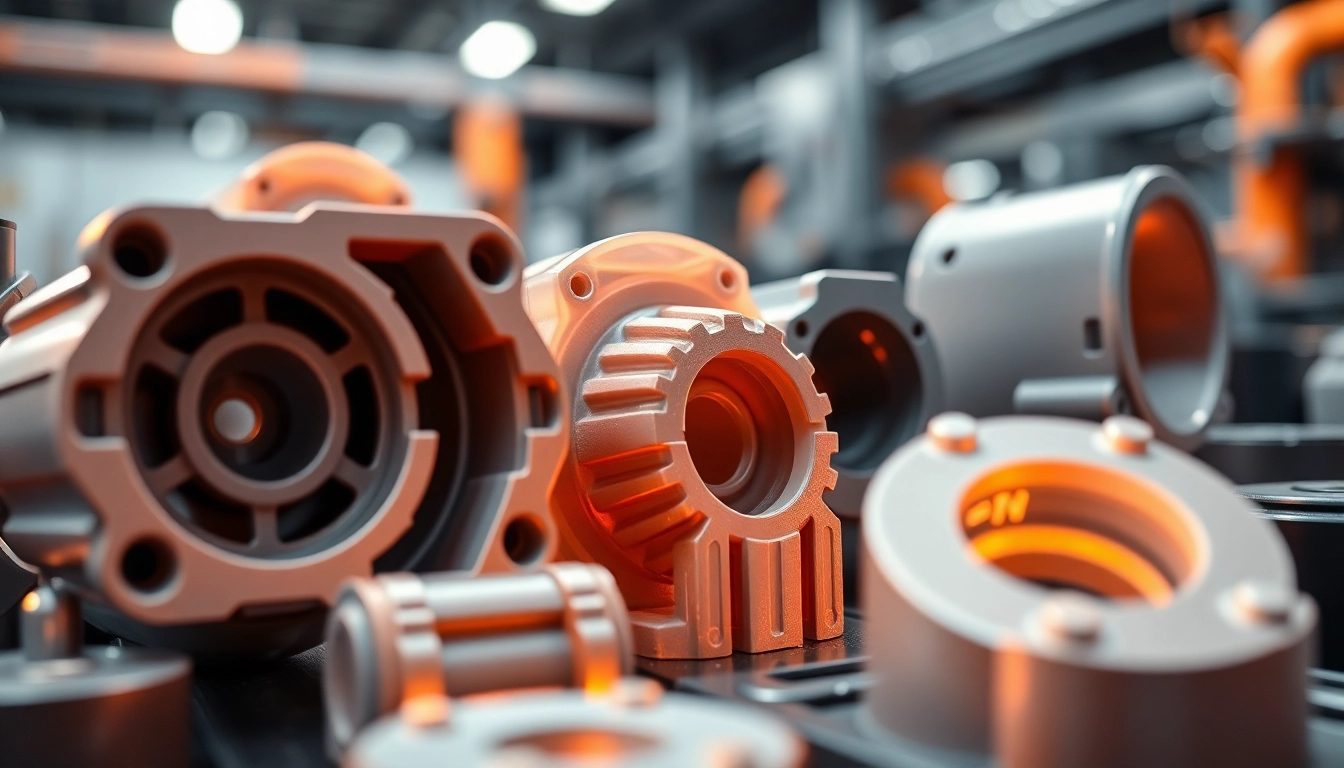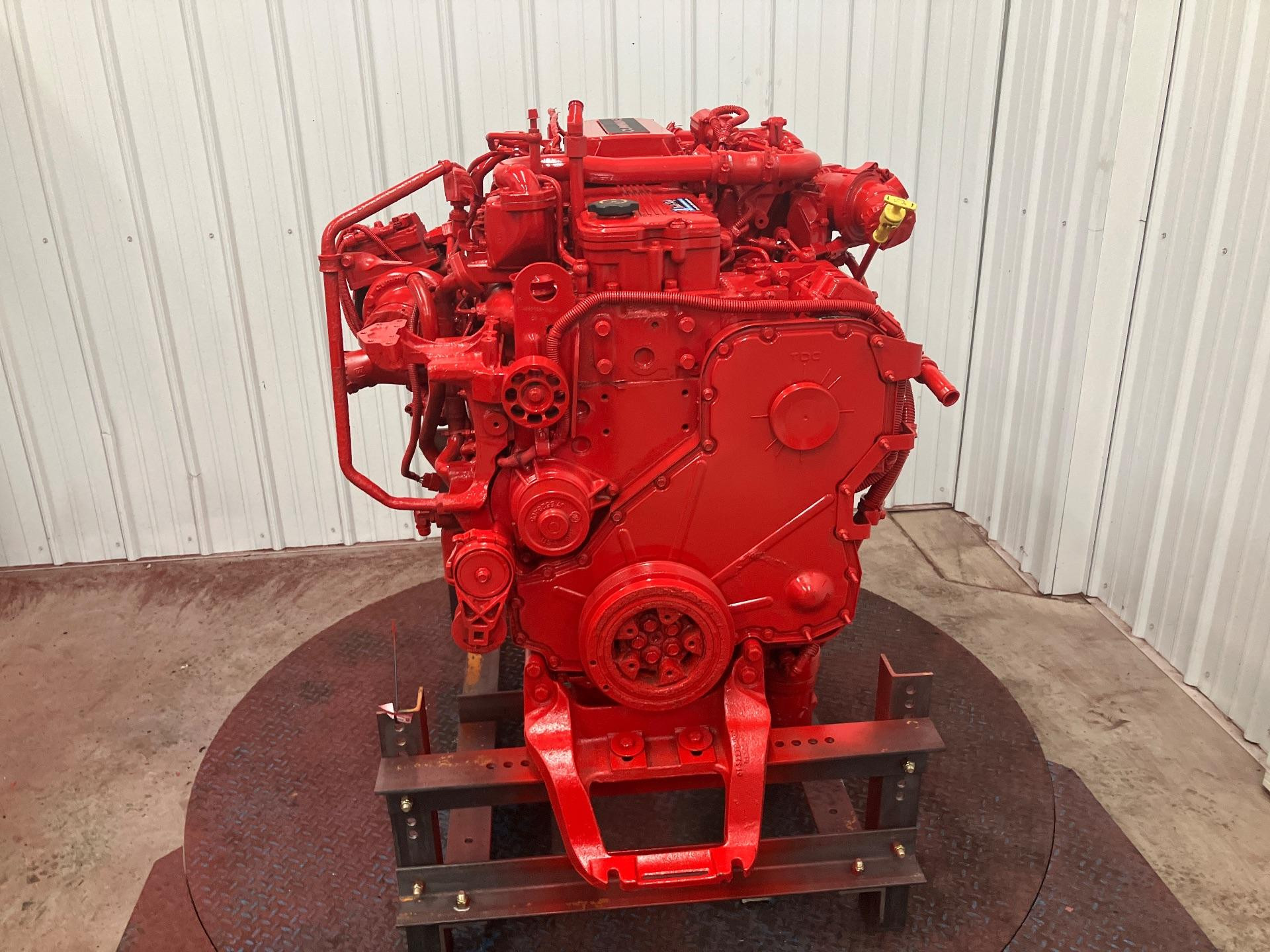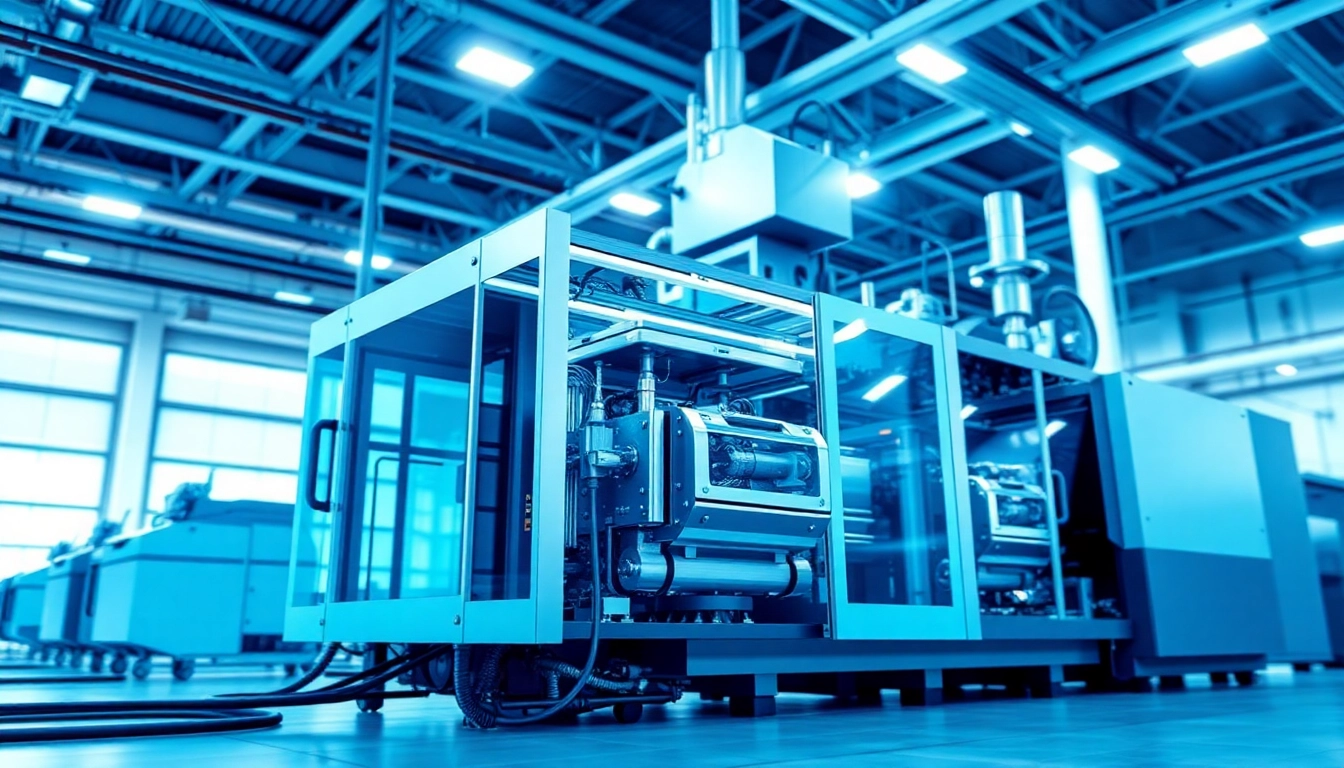Introduction to Injection Molded Parts
Injection molded parts are integral components in a vast array of industries, from automotive and aerospace to consumer electronics and medical devices. These parts are produced through a manufacturing process that allows for high precision, repeatability, and efficiency. The process itself involves injecting molten material into a mold to create custom shapes and sizes, making it a favorite among manufacturers looking to produce complex designs economically. Understanding the intricacies of injection molded parts can significantly influence a company’s production capabilities and product quality.
What Are Injection Molded Parts?
Injection molded parts are created by injecting molten thermoplastic or thermosetting polymers into a mold. The material cools and solidifies, forming the desired shape. This manufacturing process is highly versatile, allowing for the production of both simple and complex geometries. Parts can range from small components like connectors and fittings to larger items like car panels and medical devices.
Benefits of Using Injection Molded Parts
There are numerous advantages to using injection molded parts, including:
- Efficiency and Speed: Injection molding can produce large quantities of parts quickly, making it ideal for high-volume production.
- Precision and Consistency: The process allows for tight tolerances and consistent quality across all units, minimizing waste and defects.
- Material Options: A variety of materials can be used, including different types of plastics, enabling customization depending on application needs.
- Complex Designs: Injection molding can achieve intricate shapes that would be difficult or impossible to produce with other manufacturing methods.
- Cost-Effectiveness: While the initial setup can be costly due to tooling, the long-term savings from mass production often outweigh these costs.
Common Applications in Various Industries
Injection molded parts are used extensively across several industries:
- Automotive: Components such as interior panels, dashboards, and safety features.
- Consumer Electronics: Enclosures for devices like smartphones, laptops, and appliances.
- Medical: Parts for devices like syringes, surgical instruments, and housings for diagnostics equipment.
- Packaging: Bottles, containers, and lids, particularly in the food and beverage sector.
- Furniture: Components for chairs, tables, and other household items.
The Injection Molding Process Explained
The injection molding process consists of several key steps that transform raw materials into finished parts. Understanding these steps is crucial for optimizing production and quality control.
Key Steps in Injection Molding
The injection molding process typically follows these steps:
- Material Preparation: The raw polymer pellets are fed into a hopper where they are heated until they become molten.
- Injection: The molten material is injected into a mold under high pressure.
- Cooling: The injected material cools and solidifies in the mold, taking on its shape.
- Ejection: Once cooled, the mold opens, and ejector pins push the finished part out.
- Trimming and Finishing: Any excess material, known as flash, is trimmed away, and secondary operations may be performed as needed.
Types of Injection Molding Techniques
Several injection molding techniques cater to various production requirements:
- Conventional Injection Molding: The most common method used for high-volume production.
- Gas-Assisted Injection Molding: Gases are injected to create hollow parts, reducing material usage and weight.
- Two-Shot Injection Molding: Two different materials are injected to create multi-material parts in one cycle.
- Injection Blow Molding: This technique is often used for creating hollow objects like bottles.
- Insert Molding: Inserts like metal or plastic components are placed in the mold before injection, integrating different materials.
Choosing the Right Materials for Injection Molded Parts
Material selection plays a crucial role in the performance and characteristics of injection molded parts. Factors to consider include:
- Mechanical Properties: Strength, flexibility, and durability against loads.
- Thermal Properties: Heat resistance and stability under operating conditions.
- Aesthetic Qualities: Color, finish, and texture that meet design specifications.
- Cost: Material cost can greatly affect the overall project budget.
- Environmental Impact: The sustainability of the material used, particularly with increasing eco-consciousness in manufacturing.
Design Considerations for Injection Molded Parts
The design of injection molded parts significantly impacts the functionality, manufacturability, and cost of the final product. Effective design ensures that parts meet required specifications while minimizing production issues.
Essential Design Features for Durability
To enhance the durability of injection molded parts, consider the following design features:
- Radii and Fillets: Incorporating rounded edges reduces stress concentrations, increasing strength.
- Thickness Uniformity: Maintaining consistent wall thickness to avoid warping and uneven cooling.
- Reinforcements: Add ribs or gussets to enhance strength without significantly increasing weight.
Draft Angles and Wall Thickness Best Practices
Designing with appropriate draft angles (typically 1-2 degrees) and wall thickness is essential:
- Draft Angles: These allow for easier ejection of parts from the mold.
- Wall Thickness: A general rule is to keep wall thickness between 1.5mm to 3mm, but this can vary based on material and part application.
Designing for Efficiency and Cost-Effectiveness
An efficient design not only speeds up production but also reduces costs:
- Simplification: Minimizing complex geometries can streamline manufacturing.
- Mold Design: Collaborating with mold makers during the design phase can yield insights into better moldability.
- Material Optimization: Using the ideal amount of material without sacrificing strength or performance can lead to cost savings.
Troubleshooting Common Issues with Injection Molded Parts
Despite the advantages of injection molding, several common issues can arise, impacting the quality and performance of molded parts. Identifying and addressing these issues early can save time and costs.
Identifying Common Defects in Molding
Common defects include:
- Short Shots: Occurs when the mold does not fill completely due to insufficient material.
- Flash: Excess material that leaks out of the mold, often due to insufficient clamp force.
- Warpage: Distortion that occurs when parts cool unevenly.
- Sink Marks: Indentations that form on the surface due to inconsistencies in wall thickness or cooling.
Preventive Measures for Quality Assurance
To mitigate these issues, implement the following preventive measures:
- Mold Maintenance: Regularly inspect and maintain molds to ensure they operate correctly and efficiently.
- Material Quality: Ensure that high-quality materials that meet specifications are used for production.
- Process Monitoring: Continuously monitor temperature, pressure, and cooling rates during production to ensure uniformity and quality.
Case Studies on Effective Solutions
Several industries have successfully addressed injection molding issues:
- Automotive Industry: By redesigning molds and using better materials, a manufacturer reduced short shot occurrences by 30%.
- Consumer Products: A company altered its cooling process to reduce warpage, resulting in improved product performance.
The Future of Injection Molded Parts Manufacturing
The injection molding industry is evolving, driven by technological advancements, sustainable practices, and market demands. Staying ahead of these trends can provide businesses with a competitive edge.
Innovations and Trends in Injection Molding
Several key innovations are shaping the future of injection molded parts, including:
- 3D Printing Integration: Utilizing 3D printing for rapid prototyping and mold making can reduce lead times.
- Smart Manufacturing: Automation and IoT (Internet of Things) enable enhanced monitoring and predictive maintenance.
- Advanced Materials: The use of bio-based and recycled materials is increasing as sustainability becomes a priority.
Sustainability Practices in Manufacturing
With a global focus on sustainability, manufacturers are adopting practices such as:
- Using Recycled Materials: Integrating recycled plastics helps to reduce environmental impact.
- Energy Efficiency: Advances in technology lead to more energy-efficient machinery and processes.
- Reducing Waste: More efficient use of materials minimizes waste and maximizes output.
The Rise of Automation in Injection Molding
Automation is playing a critical role in enhancing production efficiency and reducing labor costs:
- Robotics: Automated arms are increasingly being used for part handling, cutting down cycle times.
- Smart Sensors: These can detect issues in real-time, allowing for immediate corrective measures.
- Data Analysis: Incorporating data analytics can further optimize the injection molding process and quality control.



